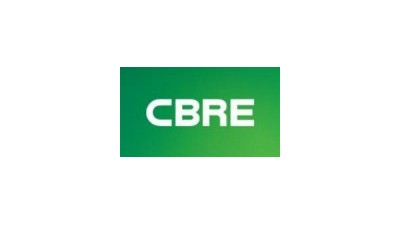4 Trends That Will Shape Retail This Holiday Season

The annual procession of balloons down the streets of Manhattan means one thing: The holiday shopping season has begun.
What was once a period of high activity for traditional retail is changing, as the industry continues to shift under the growing influences of e-commerce and experience-based shopping. Even the high holiday of shopping, Black Friday, has morphed from a single day into a monthlong event.
A growing preference for variety and value among shoppers will drive holiday retail trends this season, including the continued proliferation of pop-up stores, the emergence of pop-up warehouses, an expansion of mobile commerce and the growing presence of discount retailing, according to a report from CBRE.
“As e-commerce reshapes modern retailing, blurring the lines between online and in-store activity, retailers and shopping center owners must continue to adapt with fresh approaches,” CBRE Head of Retail Research for the Americas Melina Cordero said. “We anticipate that this season will showcase strategies for reaching customers through multiple selling channels as well as catering to their demand for new concepts and value pricing.”
1. An increase in pop-ups
Short-term retail leases, often called pop-up shops, have evolved from trend to full-blown phenomenon. Retailers and retail center owners favor the flexibility and experimentation allowed by short-term leases. Shoppers appreciate the variety of a shifting roster of stores, and limited inventory generates buzz.
Large U.S. mall owners have designated space in their properties for pop-ups. Westfield has been integrating pop-ups into its tenant base for several years, with an entire floor of its San Francisco Center dedicated to short-term tenants. Pop-ups have also become more experience-oriented. Kate Spade’s recent partnership with eBay at a pop-up space in Manhattan features interactive screen formats that integrate online and offline shopping.

2. More M-Commerce
Ease, convenience and a seamless user experience have helped grow e-commerce. The rise of m-commerce has brought that simplicity to mobile devices. More than a third of online sales this year will occur on phones and tablets, according to an eMarketer forecast. CBRE expects more widespread use of m-commerce tools by brick-and-mortar retailers this year for handling customer-service, mobile marketing and facilitating sales.
This holiday season will also see enhancements and new technologies featured in retailers’ mobile apps, like in-store scanning that gives customers instant access to detailed product information and reviews, “wish lists” and customized product offers.
3. Discounts become the norm
Discount and off-price retailers gained momentum during the Great Recession and have sustained growth with a value pricing model. CBRE predicts that the category will take additional market share this season, spurring midmarket retailers to discount their prices to compete.
Discounts will continue beyond the holiday season as other brands adopt the strategy. This year, T.J. Maxx announced plans to open 1,800 more stores globally and reported 21 consecutive years of positive same-store sales. Failing stores, like Macy’s, which closed 66 locations in 2016, have added clearance sections to stores to attract bargain hunters.
4. The rise of on-demand warehouse space
The surge of online sales during the holiday season can create instant, short-term demand for warehouse and distribution-center space. New services have emerged to provide a “pop-up warehouse” model, in which suppliers needing short-term industrial space match with available vacancies. Early results show higher efficiency and lower costs, according to the CBRE report.
To read the report, click here.

